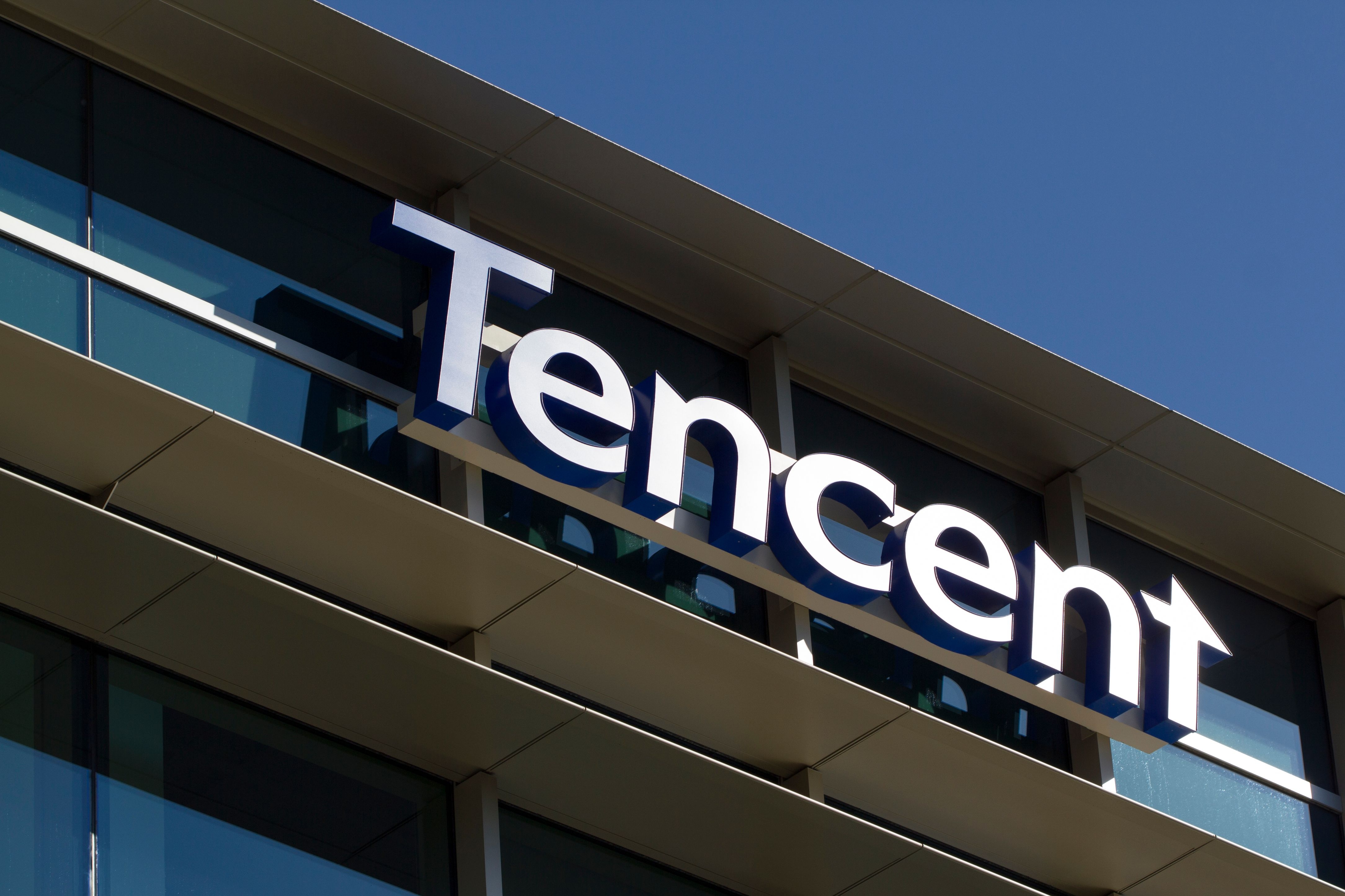
Tencent released its quarterly report yesterday, revealing a year-on-year revenue growth of 10% and a profit increase of 27%. This has sparked various interpretations and discussions in public opinion. Let’s not delve into specific details here; those who wish to see positive views can find favorable articles, while those interested in negative perspectives can seek critical analyses. Everyone can find what they prefer.
However, I’d like to highlight two main points for everyone’s attention.
Firstly, Tencent is an internet company that relies heavily on its flagship products and traffic. The core of Tencent’s business model is as follows: products generate traffic, traffic generates revenue, and revenue leads to profit. Ultimately, assessing Tencent’s performance requires evaluating both the quality of its products and the performance of its traffic. WeChat and QQ are Tencent’s two major products, while other offerings such as Video Accounts, Mini Programs, and Red Packets and Payments are derivative or subsidiary products stemming from these two main platforms. When examining Tencent’s financial reports, it is crucial to consider the performance of its products and traffic records.
Upon reviewing Tencent’s quarterly report, I found that apart from stating the significant growth in user engagement on WeChat, QQ, and Video Accounts, there weren’t many supporting data provided. Consequently, I can only say that they performed well, but I cannot offer further analysis.
Secondly, Tencent’s business model, as mentioned earlier, is based on its foundational model of products and traffic generating revenue and profit. However, once Tencent has accumulated income and profit, it engages in new investments. It’s similar to a cycle where Tencent earns money, buys shares, receives dividends, and then reinvests. This process continues indefinitely. Therefore, when examining Tencent’s financial report, it is essential to pay attention to its investments alongside its products and traffic.
Now, let’s talk about Tencent’s investments for the first quarter. The net cash flow from operating activities was ¥62.297 billion, while the net cash flow from investing activities was ¥65.199 billion. In comparison, the corresponding figures for the same period last year were only ¥33.822 billion and ¥20.105 billion, respectively. What does this set of data indicate? It shows that Tencent’s cash flow situation significantly improved in the first quarter of this year. They invested externally as much as they earned from their operations, and the net investment amount is more than three times that of the same period last year. In short, Tencent has ample funds and has restarted its investment activities.
With solid products and traffic, along with resumed investments after the lifting of restrictions in the gaming sector, Tencent has unlocked all the shackles that had constrained them in recent years. This is the most remarkable aspect of Tencent’s quarterly report this year.
Well, it’s absurd to always focus on whether expectations were met or claim there were failures. It’s important to address the topic accurately and avoid getting caught up in trivial matters. Let’s not lose sight of the bigger picture.
Comments